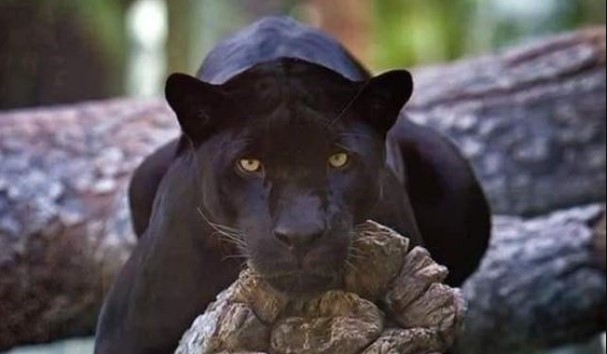Big cats are like small cats, only big ones. Despite the obvious differences, the furry cat purring in your lap is indeed a close relative of such formidable predators as, for example, the tiger or lion. Even the behavior in the wild in representatives of these so different species is very similar – they all differ in their proud character, a tendency to loneliness, cunning, and inventiveness.

- The largest big cat on earth is a liger named Hercules, a hybrid of a tiger and a lion.
- The rarest big cat species on earth is the endangered Amur tiger.
- There are more tigers in zoos in the United States than in the rest of the world they live in the wild.
- There is a known case when a male tiger left kittens of an ordinary cat, left without a mother.
- There is no such animal as “panther”. Panthers are commonly referred to as black leopards, cougars, and jaguars.
- Ostriches living in Africa can easily kill a lion attacking them with a blow of their powerful leg. True, in most cases, they still prefer to run away.
- Caracals, or desert lynxes, were domesticated long ago by the Arabs. Nowadays, some people keep them at home – caracals are easy to tame.
- The fastest land creature on earth is the cheetah, capable of reaching a speed of 112 km / h in three seconds, which is comparable to a racing car. True, such a frantic jerk exhausts the beast, and it can only maintain such a pace for 20-30 seconds. Usually, if the first attack fails, the cheetah stops much earlier, saving energy, and goes in search of other prey.
- The ancient Egyptians used cheetahs to hunt in the same way that hunters used hounds in the Middle Ages.
- Snow leopards can neither growl nor purr.
- Workers at the Indian Tiger Sanctuary in Bengal wear masks depicting a human face on the back of their heads. This helps them avoid the attack of tigers, which only attack from the back.
- After the last ice age, almost all cheetahs became extinct. The ones that exist now are descended from a very small group of surviving cheetahs, which is why they are practically copies of each other from a genetic point of view.
- Lion’s claws can be up to seven centimeters long. This is about half the length of the tooth of an extinct predator of antiquity – the tyrannosaurus.
- Lions and tigers can interbreed, although this happens very rarely, and the offspring from such relationships are born sterile and cannot reproduce. Moreover, a huge liger is obtained from a male lion and a female tigress, and a relatively small tiger is obtained from a male tiger and a female lioness.
- On average, lions sleep about twenty hours a day.
- The pupils of tigers are not vertical, like those of domestic cats, but round, like those of humans, because cats are nocturnal predators, and tigers prefer to hunt at dusk.
- All white tigers are blue-eyed.
- When lions drive their prey in a group, the male eats first. And when tigers hunt in a group, males usually let females and tiger cubs go ahead, waiting for their turn.
- In the case of chasing her, the cougar usually seeks refuge in the trees.
- Tigers use growls to communicate, not intimidate. A sign of an imminent attack by a tiger is hissing and snorting.
- Cougar cubs are very smart – they will never leave a secluded hiding place until their mother calls them.
- All tigers have absolutely unique voices, although the human ear cannot distinguish this without assistive devices.
- The tiger, although inferior to the cheetah in speed, develops a speed of up to 60 km / h, rushing to prey from an ambush.
- Puma can jump to a height of four to five meters.
- Being a relatively small animal, the cougar eats more than a ton of meat per year.

